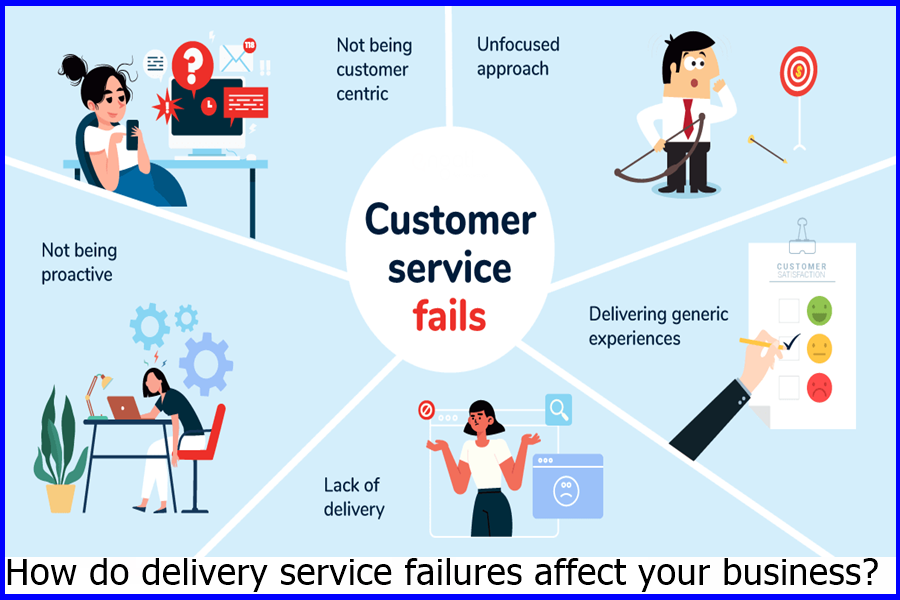How can leaders manage complexity in an evolving world?
How can leaders manage complexity in an evolving world?
Traditionally, growth has always been an indicator of business success. It is essential for long-term survival since the expansion of a company translates into an increase in its presence in the market (and its profitability ).
- In this post, we talk about how growth also implies greater complexity, especially in a global and interconnected business environment.
To grow, your business needs to manage multiple markets, new product and service categories, challenges associated with regulatory compliance, and various customer segments and channels. So you and your management team need to manage complexity if you want to achieve that goal.
Inevitably, the constant pressure to keep growing creates complexity, which can be counterproductive for some of the qualities inherent in the success of your business, such as decision-making, productivity, customer service or innovation.
How can your company manage complexity, and what are the underlying factors?
Problems related to the complexity that business leaders must solve
As an organization grows, business processes and IT systems can reach a point where employees, customers, and partners must overcome numerous hurdles to find their needs.
When the complexity of a business increases, it can become siled, causing employees to focus on their jobs and not collaborate in ways that can benefit the entire organization.
One of the main problems is that complexity hinders innovation, a crucial element for companies that want to create new revenue streams and products. Complexity suppresses collaboration and the ability of companies to share information between different teams.
It can also affect other functions, such as supply chain, human resources, product development, and customer service. Products will take longer to market, opportunities may be missed, and companies may soon lose the competitive advantages they started their business with.
Problems associated with complexity are most prevalent in times of economic uncertainty, whether due to regulations, geopolitical uncertainty, exchange rate volatility, or even the availability of critical skills.
Some of the pressures that create complexity among large companies that you should be aware of include the following.
How can leaders manage complexity in an evolving world?
Mergers and acquisitions
- They are a crucial driver of business growth but will increase in complexity with the addition of new data centres, applications, and work environments.
decentralization
- As companies grow, they may become decentralized, with some business units making their own technology decisions and deploying independent systems and applications.
- This will create problems for organizations that want to present a single financial or performance perspective or meet international compliance needs.
Increased business needs and demands
- The digital technology that businesses need can put pressure on a shaky IT infrastructure that may need to be able to handle the real-time decision-making, speed, and agility that organizations need to cope with changing business contexts and demands.
- Companies may also be under pressure to support new products and services quickly. Servitization, a concept that means that companies offer new personalized services, is a new factor that must be taken into account. Some businesses are even considering changing their business models as a differentiator.
Different systems and changing requirements
- It is common for the methods used by a company to have been implemented in different periods, so interconnecting them can be a complex task. Over the years, business needs may have changed due to introduction of new products and services.
How can leaders manage complexity in an evolving world?
How can your company manage complexity?
We will describe two possibilities for your company to manage complexity through technology.
- Have the flexibility and agility to change business processes where needed
To succeed at innovation, you must build seamless business and technology functions with the most accessible technologies possible to deploy, integrate, and use.
There are several ways to consider this measure as part of a digital transformation program :
- Consolidation and optimization of applications, systems and data centres. Reducing the physical impact of the IT department could make the work of your staff more accessible and give them more time to dedicate to innovation. System convergence and integration could also reduce complexity.
- Modernization of applications and replacement of old systems. Replacing your old applications can simplify IT systems and reduce the time spent managing them. There is also the possibility of using applications in the cloud.
- Unification of operating systems in a single environment. Optimizing a setting, rather than managing multiple systems, will reduce complexity.
- Outsourcing to third parties and cloud computing providers. The ability to outsource complexity to cloud and managed service providers like Amazon Web Services (AWS) can help remove complexity from your business.
- Implementation of automation and artificial intelligence (AI) tools and technologies. Robotic process automation (RPA) is already widespread in several industries. In every industry, there is an opportunity to increase productivity and efficiency through automation and AI tools and technology.
- Creation of a diverse ecosystem. This will allow early adoption of new technologies.
How can leaders manage complexity in an evolving world?
Are you going to undertake digital transformation initiatives? You may consider replacing your existing enterprise resource planning ( ERP) system with a business management solution to develop a flexible and agile foundation to anchor and support your strategy.
Business management solutions have data recording system capabilities, which form the fundamental core of a digital business . A solid digital body could be vital to developing innovative and differentiated solutions.
- Connect the business in real-time using and monetizing big data
Data has become a strategic asset that can be sold and traded, representing a new economy. Companies that can use and monetize data can take advantage of it to turn it into benefits and added value.
It has long been considered that data analysis can be used as a competitive advantage. But making it happen can be a complex task, considering the sheer volume and the myriad of data types and sources available.
That is why we must focus on simplifying the process
Analyze how your organization can quickly transfer data within the company itself and share it with your partners. You will need a platform that allows you to extract valuable data to create new revenue streams that lead the way.
Understanding complexity is not just a technological problem.
- You need to know that complexity is not simply a problem associated with technology—corporate cultures, organizations, and even how employees work can block efforts to address complexity.
How can leaders manage complexity in an evolving world?
Problems your management team must solve include :
Poor IT governance
- The absence of effective IT governance can lead to various problems. Undoubtedly one of them is the use of too many different systems, which could also cause the failure of IT-related projects and seriously affect your company.
- As a directive leader, you must clearly structure what can be done, pick worthwhile battles, and achieve small but frequent victories over the long term. You have to be able to manage expectations. There’s also the risk that initiatives will only be implemented in your IT department, out of alignment with overall business goals.
Resistance to change
- Employees and senior management, especially if they have been working in a certain way for many years, may resist changes to their workflow or worry about the impact of new technology.
- It is an understandable reaction, but if your company wants to move forward, they have to accept it as a cultural change or simply through training.
Complete Guide to SEO for 2023
reasons to have a digital marketing strategy
These are the mistakes you could avoid when moving house.
Decorate and reform your kitchen:60 fabulous ideas 2023
How can leaders manage complexity in an evolving world?


